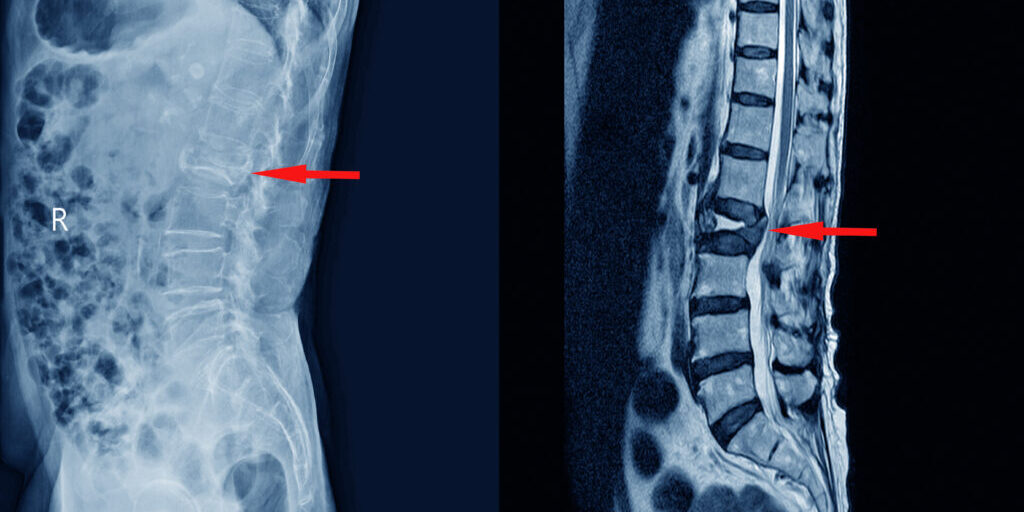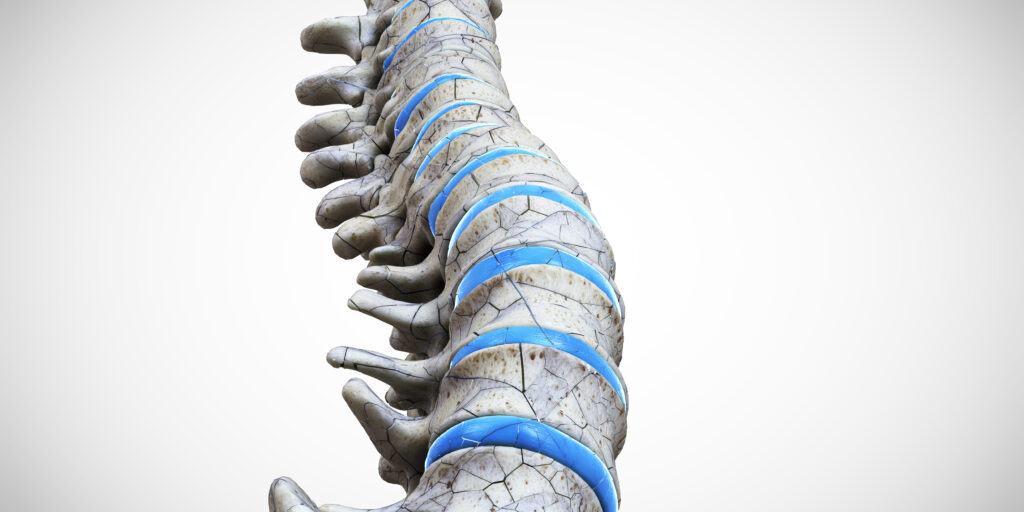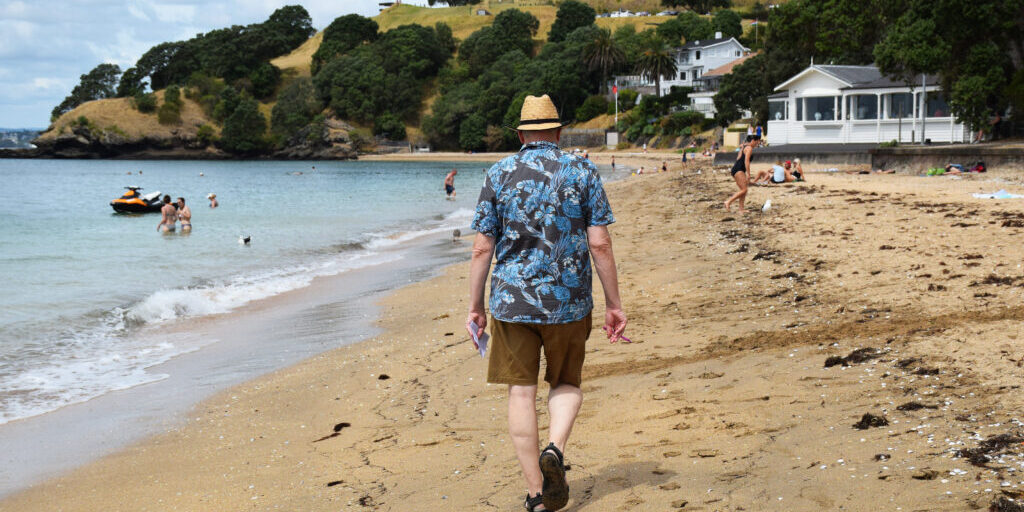A recent study evaluating utilisation of the global healthcare metric, FRAX – a widely adopted online tool for evaluating fracture risk in patients – has documented a substantial decline in daily sessions on the FRAX® website.
Globally, access was 58 per cent lower in April 2020, compared to February 2020, reflecting the marked impacts of the COVID-19 pandemic that to date, has claimed more than 1.3 million lives.
While acknowledged as both appropriate and necessary, it is widely recognised that the focus on COVID-19 has incurred a significant toll on the management of other diseases, particularly chronic non-communicable diseases (NCD), including osteoporosis, which represent the greatest burden on healthcare systems, particularly in Developed countries. Notably in 2016, 71 per cent of mortality was a bi-product of NCDs.
Fractures which arise from osteoporosis have long been recognised as a major cause of death and morbidity. In the Asia-Pacific region, a recent analysis of nine Asian countries and regions from the Asian Federation of Osteoporosis Societies (AFOS) revealed the number of hip fractures are set to more than double, from 1.13 million in 2018, to 2.54 million in 2050.
According to study author, Professor Eugene McCloskey, University of Sheffield, England, the FRAX tool generates a 10-year probability of fracture at the hip or other major skeletal sites (hip, spine, humerus and distal forearm) using easily captured clinical risk factors, with or without the addition of femoral neck bone mineral density (BMD). Notably, FRAX without BMD has a predictive value for fractures that is comparable to the use of BMD alone. While incorporation of a measurement of femoral neck BMD results in higher accuracy than without BMD, the additional value of BMD is modest.
“Given the already limited availability of densitometry in many regions, particularly in Developing countries, and the growing number of people who have experienced insufficient osteoporosis care throughout the COVID-19 pandemic, significant improvements could be accomplished using FRAX in the absence of BMD in many patients,” said Prof McCloskey.
“FRAX can be undertaken remotely via telemedicine, and could therefore, be included with electronic primary care records.”
The detrimental effect of the pandemic on osteoporosis and fracture risk is not confined to a reduction in risk assessment alone. Osteoporosis treatments requiring direct medical contact, such as intravenous or subcutaneous antiresorptives, have been delayed, or missed by many, heightening their risk of future fracture. Furthermore, limited access to largely secondary care-based facilities have either been compromised, or completely inhibited throughout the current pandemic.
For this study, a cohort of 66 countries were examined in the complete analysis. A major difference in average reductions in FRAX sessions was observed in Asia, compared with Europe, the Middle East / Africa, Latin America and North America, while the Antipodes demonstrated intermediate reductions. With the exception of the 15 countries from the Asian region, and the two countries from the Oceania region, the average FRAX sessions of the remaining 49 countries from the other four other regions, exhibited a more than 50 per cent decrease in FRAX sessions.
Notably, the use of FRAX within the immediate region of the epicentre of the pandemic decreased, but recovered quickly, suggesting the measures implemented to curb infection rates early were effective in preventing healthcare systems from becoming overwhelmed.
According to Dr Philippe Halbout, CEO, International Osteoporosis Foundation, Switzerland, the analyses from this study suggests an association between later onset of measures to contain the outbreak, and an apparently longer duration of suppression of FRAX access, noting the reasons for such are likely complex and warrant further exploration.
As a leading Asia Pacific osteoporosis organisation, APFFA’s primary purpose is to facilitate secondary fracture prevention and optimal fragility fracture management across the region.





